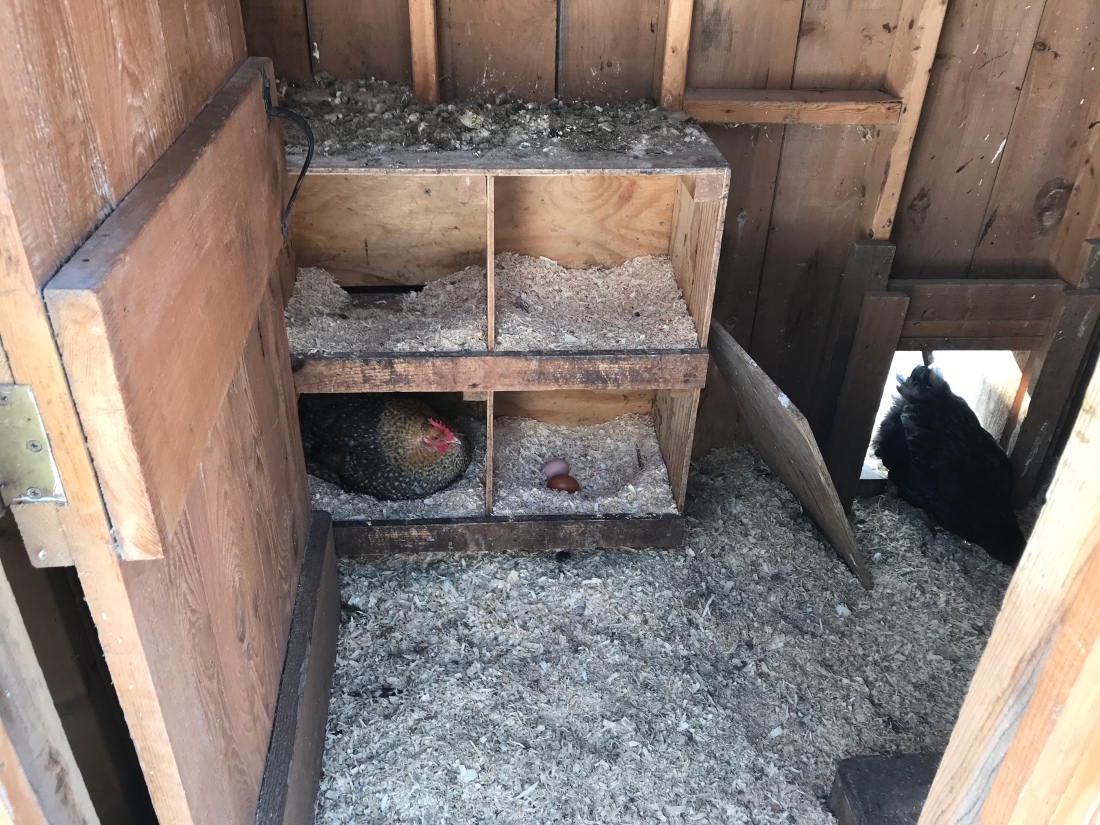Due to our longstanding drought here in the southwestern United States I decided to build a water collection system out of PVC pipe and an old IBC water tote.
Because of our remote location which is over 3 hours from the nearest hardware store we made due with a lot of the things we had on hand. As a result, I probably would have used some different things but, again, it’s what we had.

What you’ll need:
A 4 inch or wider PVC pipe the length of your application.
one round end piece for the pipe
one elbow connector
one 3-way connector
Two 6 foot pieces of 2 inch PVC
One flanged PVC pipe adapter
PVC pipe glue
Hanger straps
Screws
An IBC tote or barrel to catch the water.
The system is designed to catch run off rain water from the roof of the shed into the PVC pipe rain gutters. From here it’s transported by gravity first into a gutter run out where the dirt from the roof will settle and then once full will overflow into the IBC tote.
Step 1.
Cut your 4 inch or wider round PVC in half length wise to create a half pipe which will be the gutter. I used a simple battery powered circular saw with pretty good success. Nothing fancy.

Step 2.
Next cut your PVC pipe end caps in half. These will each be glued to each end of the gutter pipe to prevent water from flowing out the ends. Again, I used the circular saw.

Step 3.
Once the end pieces are glued into place from step 2 you can drill a hole for the run out PVC pipe. I used a hole drill bit to make it a little quicker. Once the hole was drilled I glued in a flanged PVC adapter piece so that the flange would rest inside the gutter pipe and support the weight of the run out pipe. 
Step 4.
I then put the assembly up for a test fit. Once I felt comfortable with the alignment I screwed the gutter to the rafter at a slight downward angle so the rain water would run toward the hole and down the run out . I used 1 3/4 inch wood screws at 12 inch intervals through the PVC pipe into the wood for stabilization. Once this was done I took my hanger straps and at 15 inch increments I encircled the pipe and screwed these to the rafter as well. These hanger straps reduce sag and help support the weight of rain and snow. The steel version probably would have been better.

Step 5.
Once the gutter was up and stable the 3-way connector was attached to the bottom end of the flanged adapter and glued into place. I used some caulking to be sure nothing leaked as well.
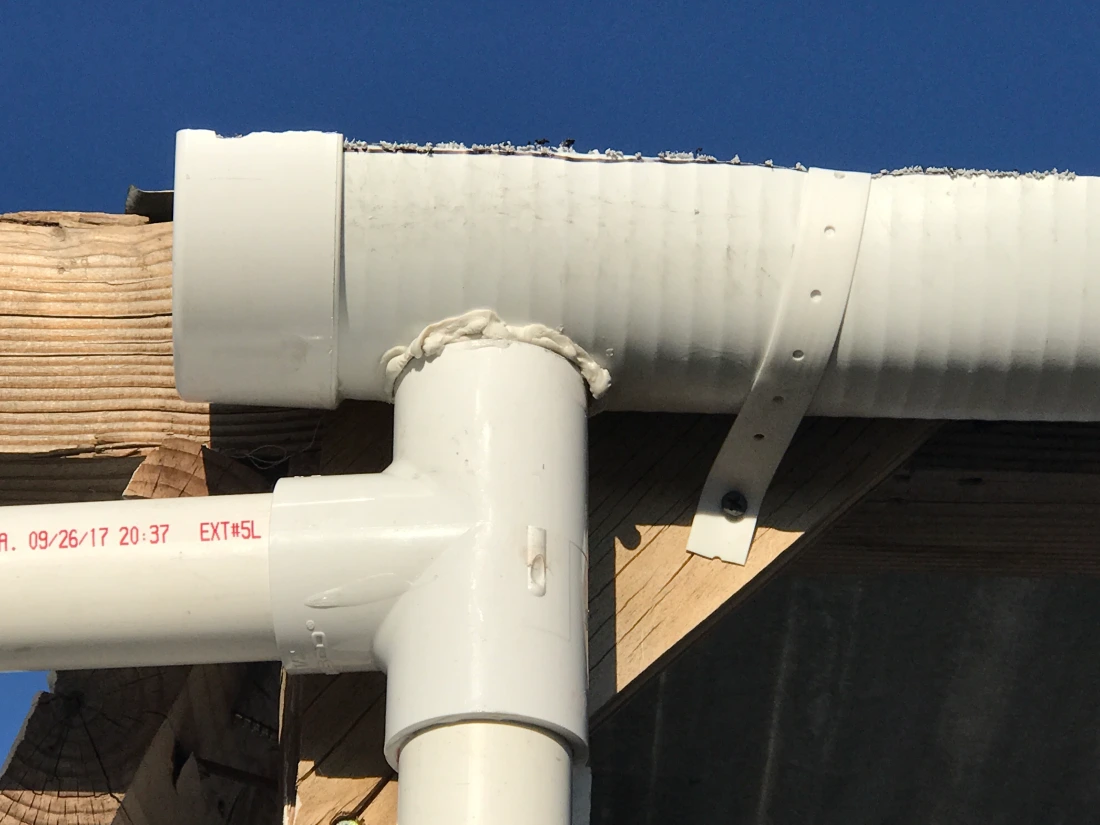
Step 6.
A 6 foot run out pipe was then attached to the bottom of this 3-way and glued into place. The theory is that all the dirt from the roof will fill and settle into the pipe first and once full will overflow and fill your tote with clear water. The bottom of the pipe has a removable cap on it for draining after each rain.
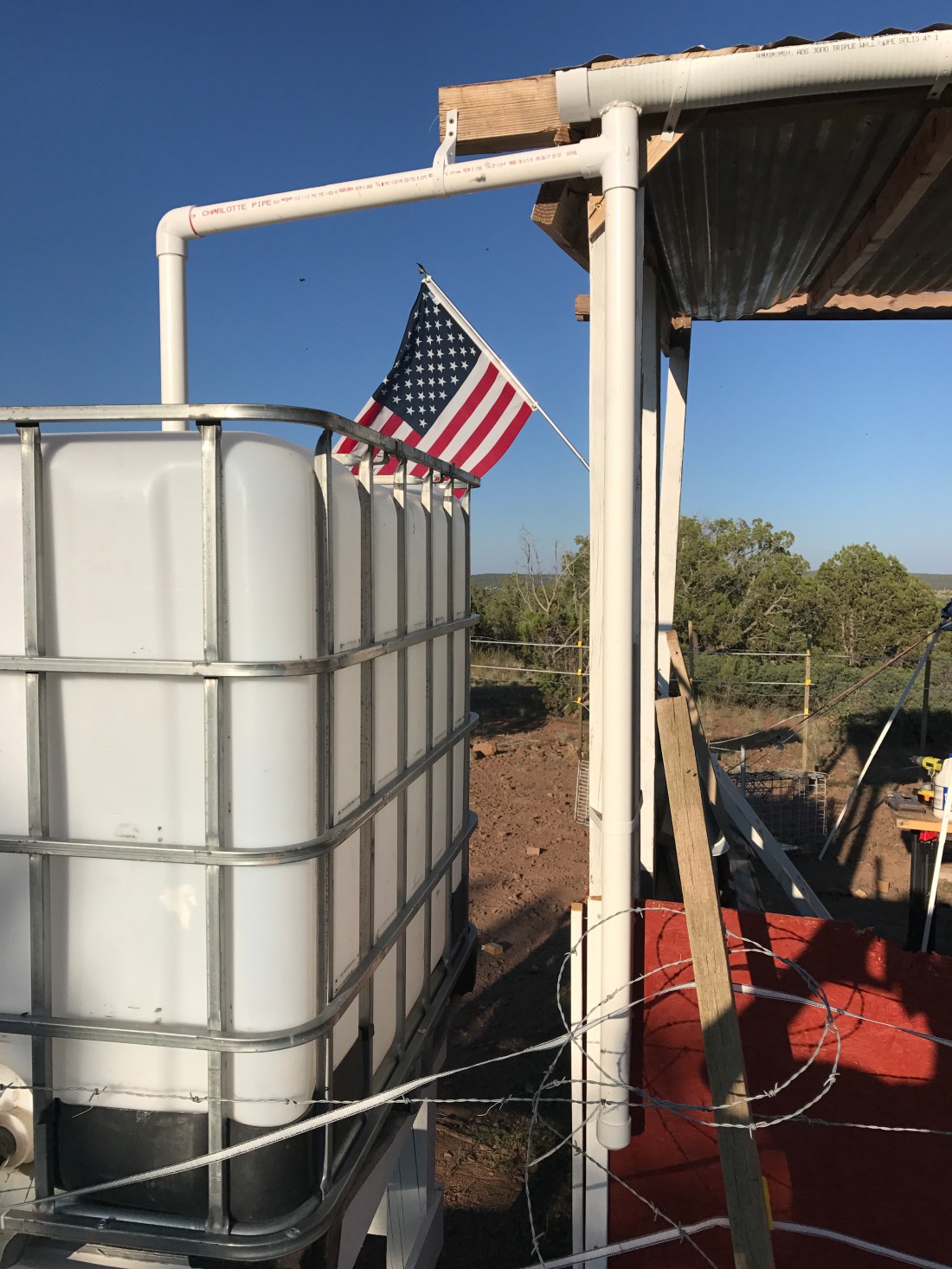
Step 7.
Now measure the length from the run out pipe to the center of the fill hole or cap of your IBC water tote. Be sure to add in the length of pipe that will fit into the 3-way connector and the PVC elbow for the down spout. Cut, glue and fit the remaining 6 foot pipe you have.
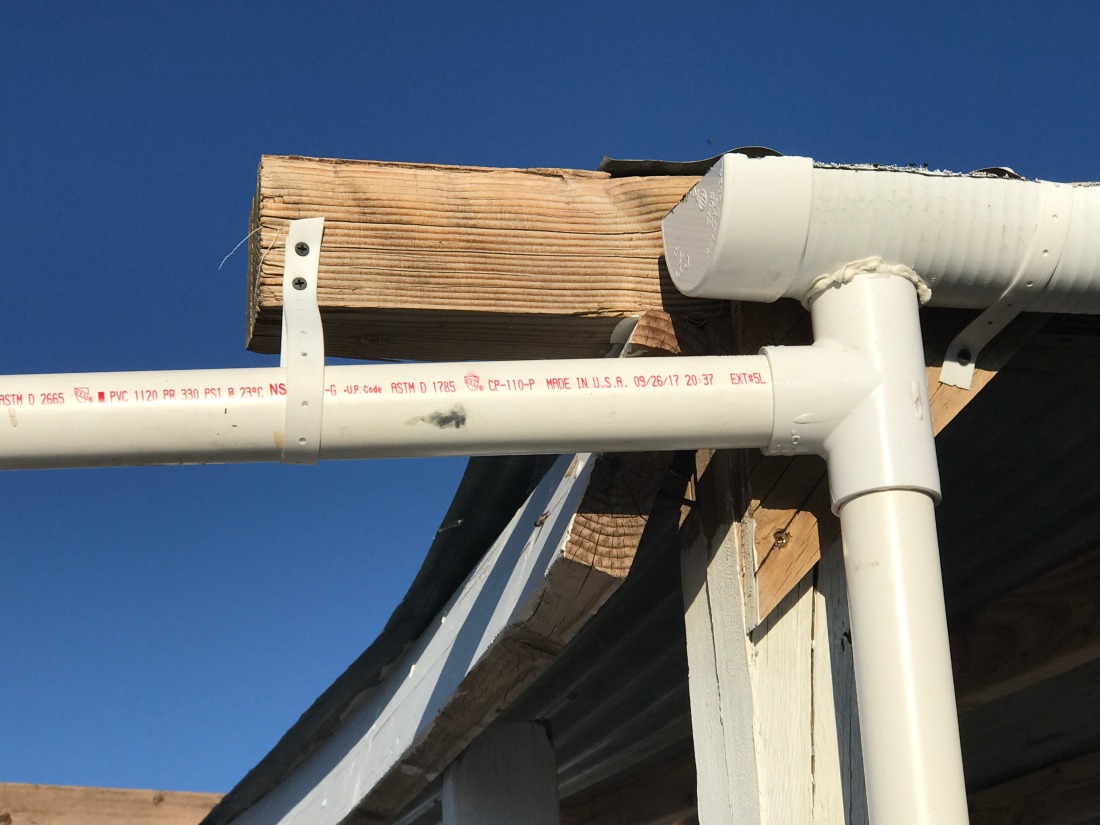
Step 8
Now you can simply glue the remaining elbow on the open end facing down and connect a portion of the PVC pipe to fit just above your water fill hole. On the fill hole you may wish to cut a piece of screen and clamp it over the hole so that bugs don’t get in. Be sure to leave room for your cap to be taken on and off.

This is what it should look like at the end. At the very end I placed an extra hanger strap on the rafter to support the weight of the piping. You can see I built a stand for the IBC water tote. This was done to provide gravity fed water to livestock and our garden. The stand was made out of 4 x 4s and 1 x 6 pine. I pretty much destroyed the fence while doing this. At least I know what I’m working on next.
Thanks for reading.



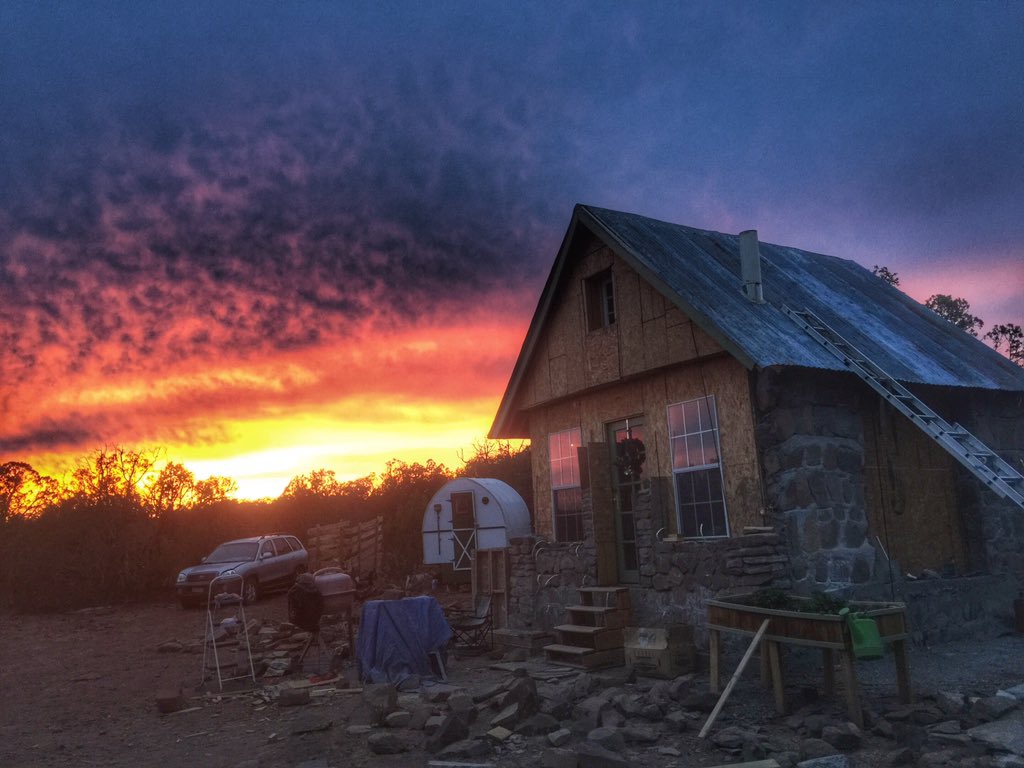

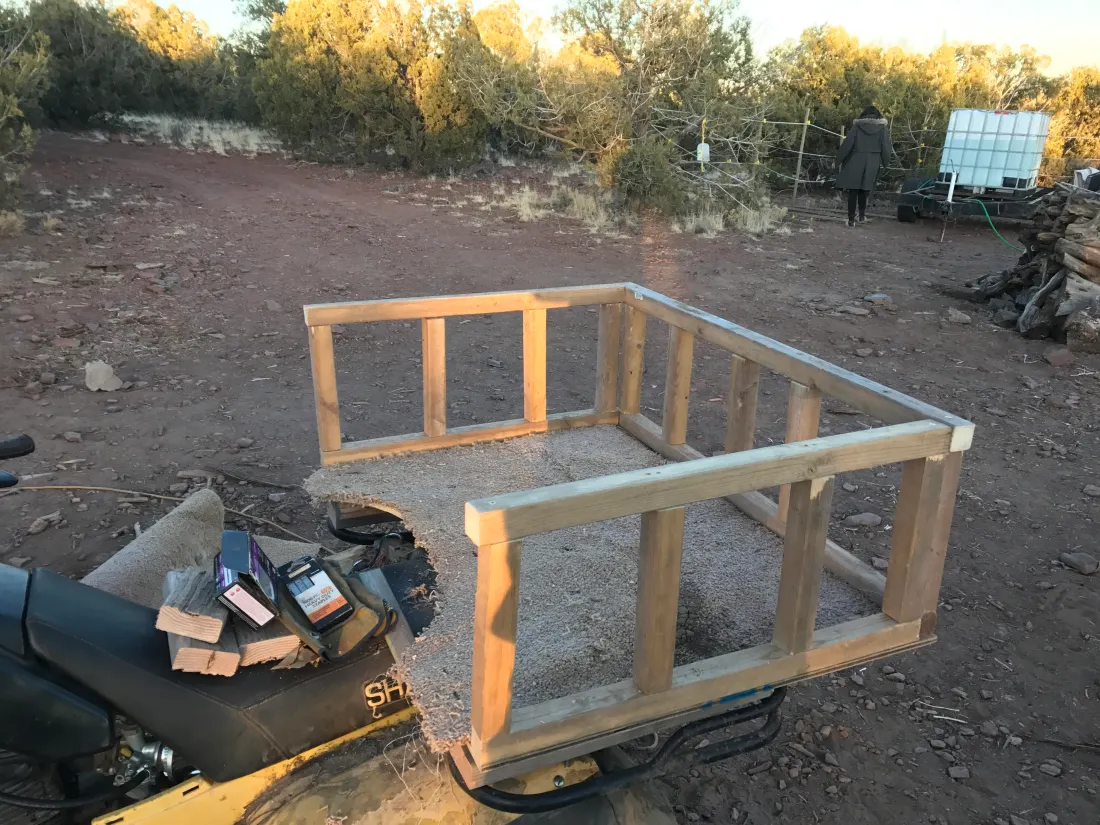
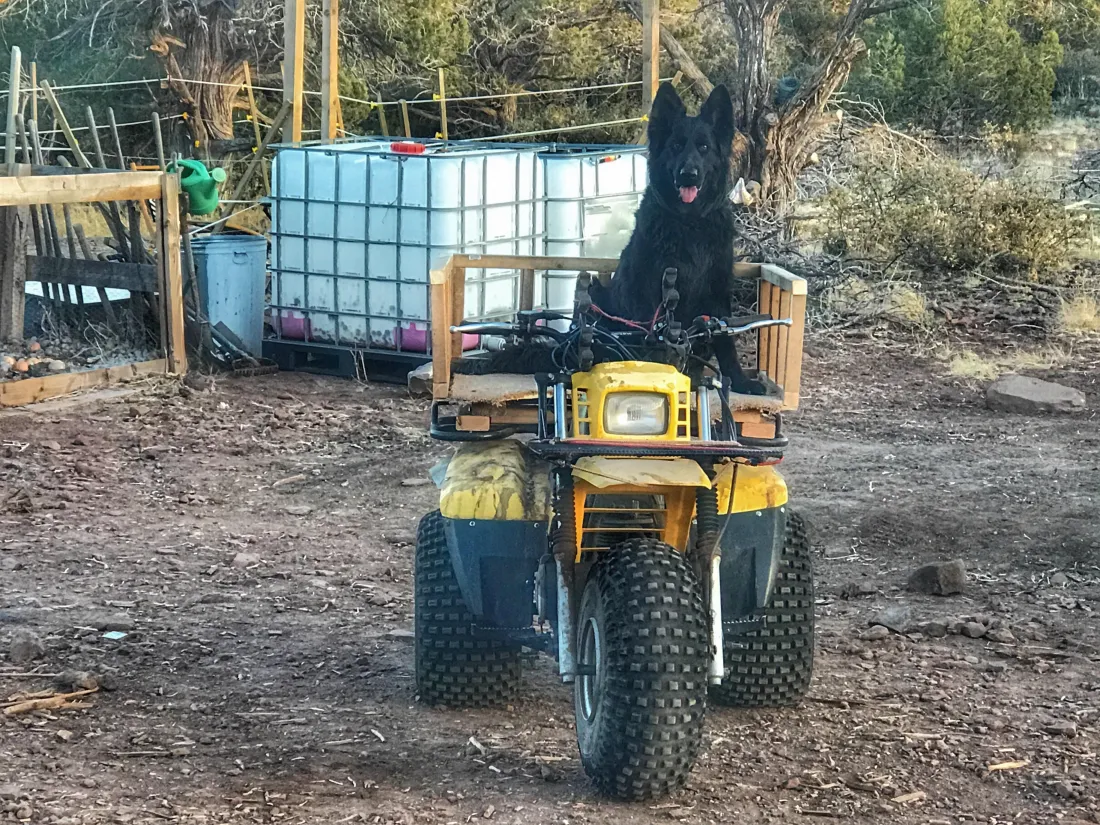
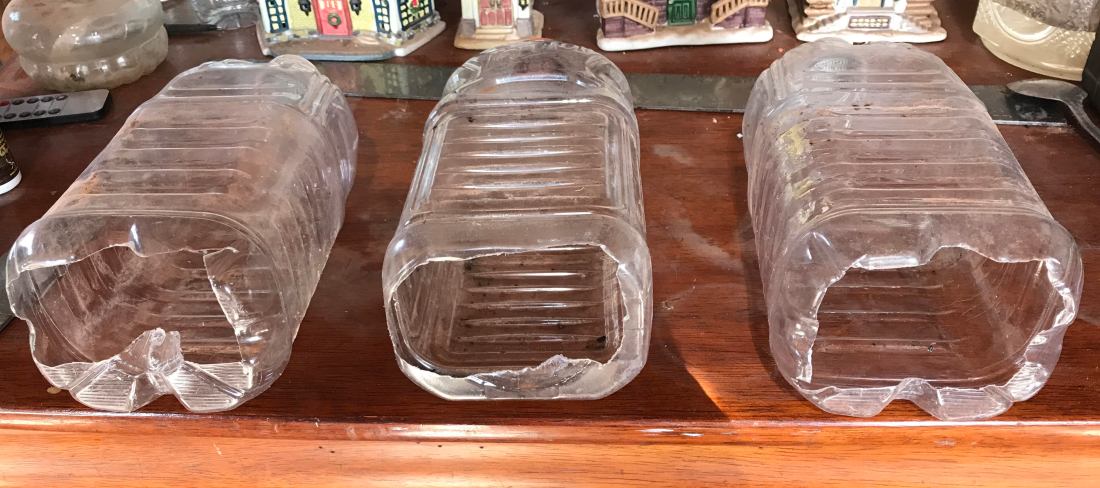



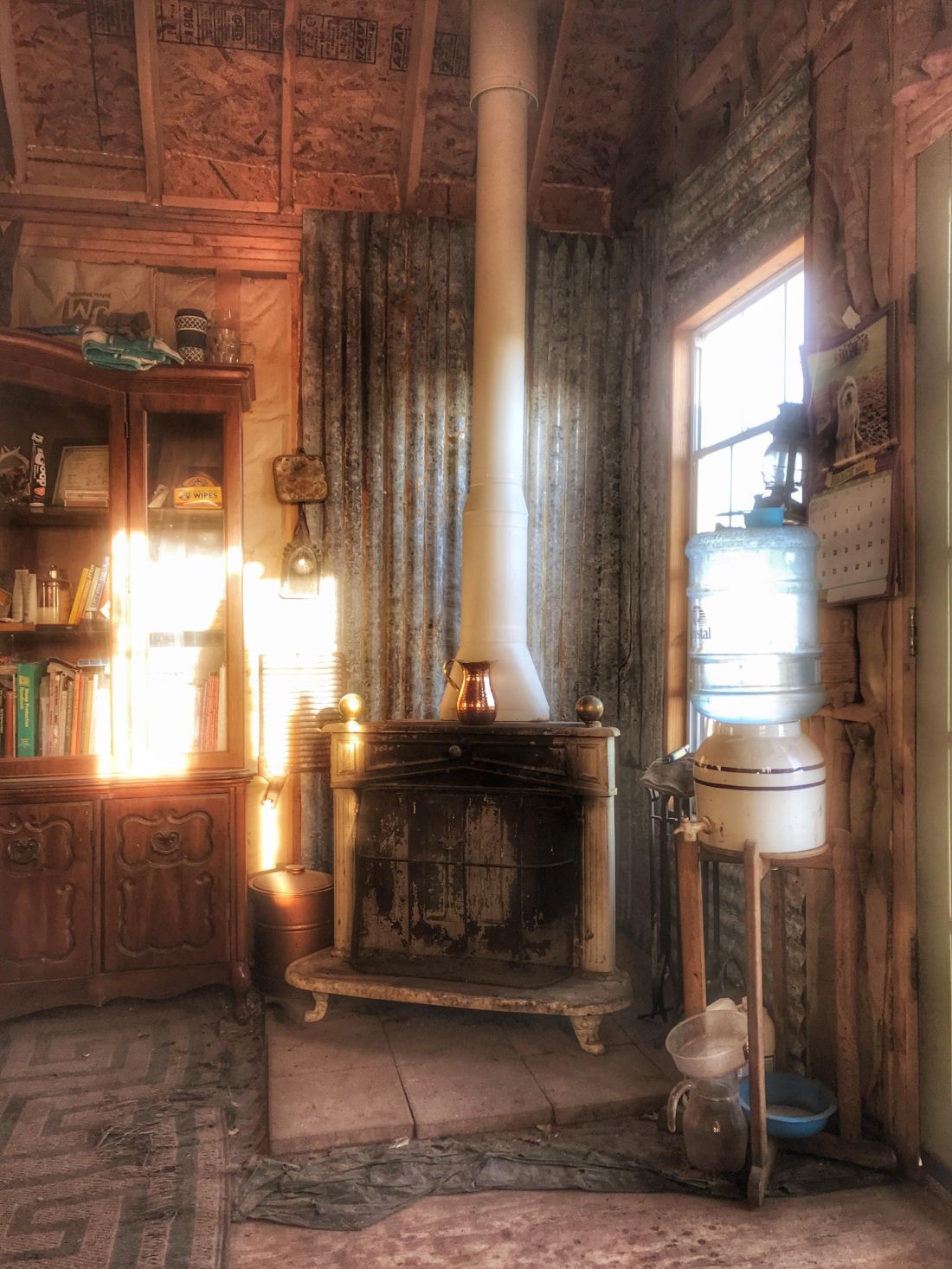 Dissolve it in water would be best. Salt and metal don’t like each other’s company very much when they get together. Add in Hydrogen Peroxide to the tryst and the panel should start looking like a spurned lover in short order. I allow this to sit over night but do check it from time to time to see the results and sometimes add more salt and peroxide if needed.
Dissolve it in water would be best. Salt and metal don’t like each other’s company very much when they get together. Add in Hydrogen Peroxide to the tryst and the panel should start looking like a spurned lover in short order. I allow this to sit over night but do check it from time to time to see the results and sometimes add more salt and peroxide if needed.

